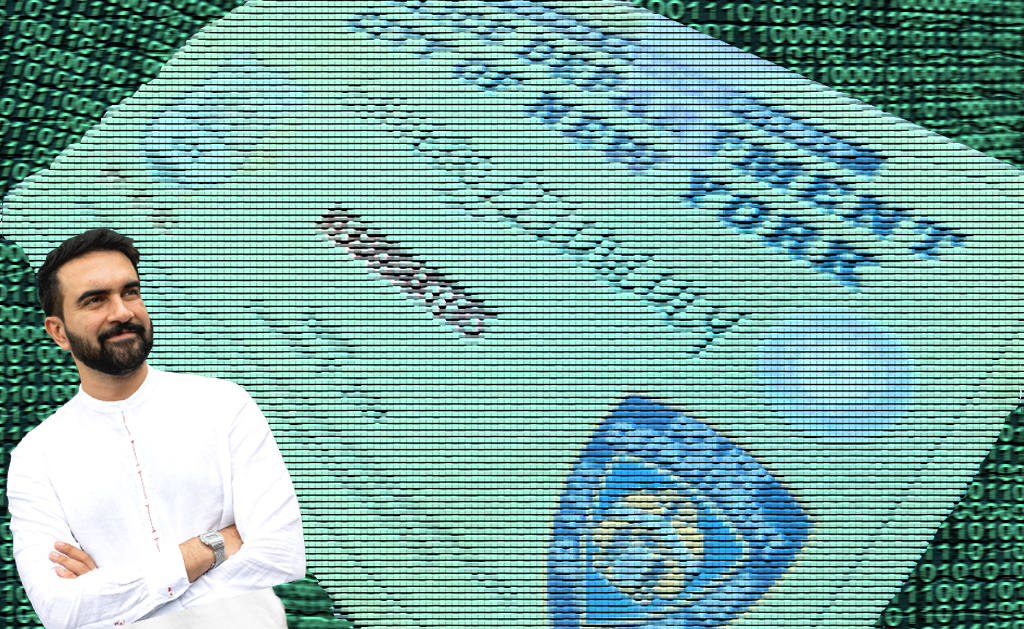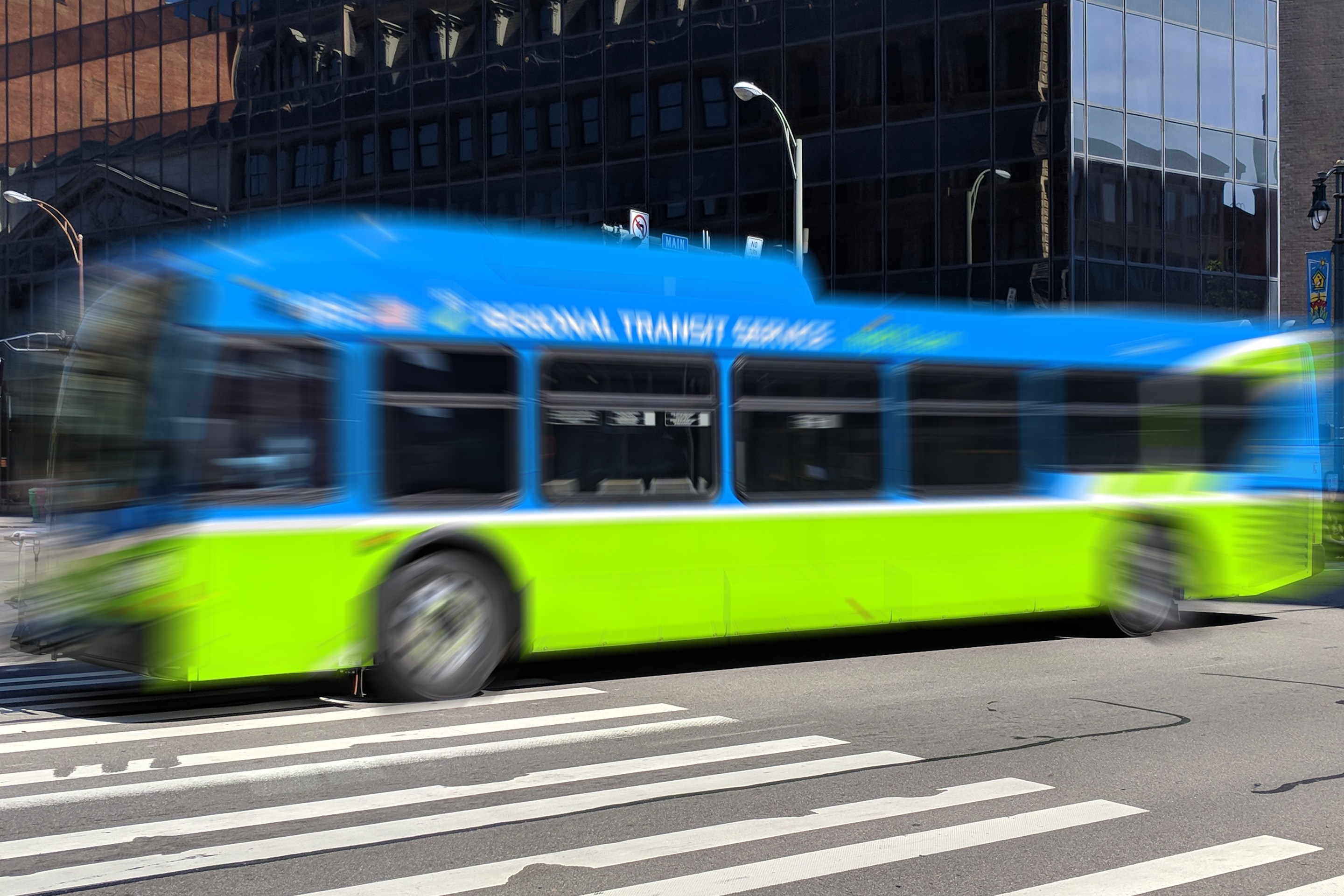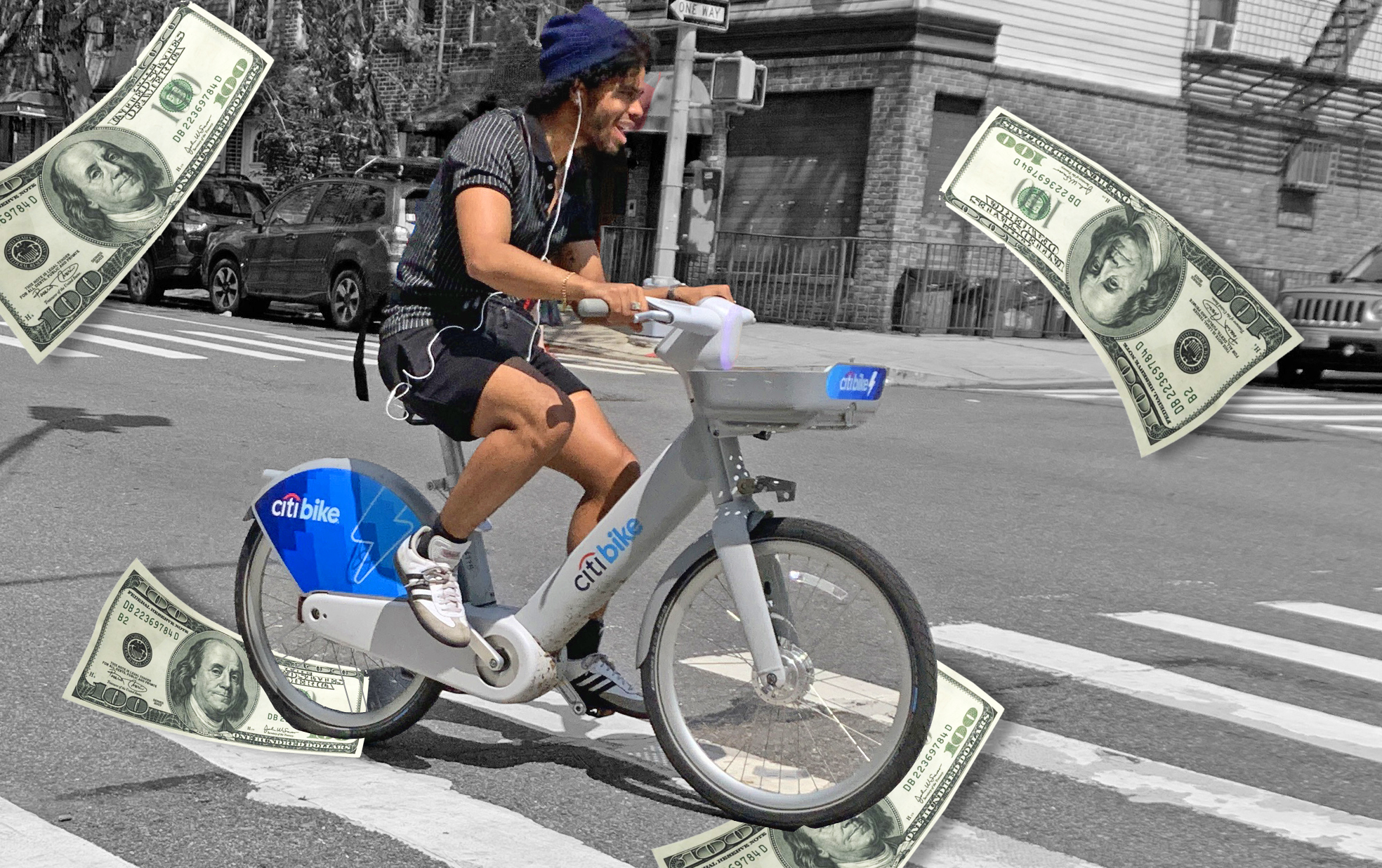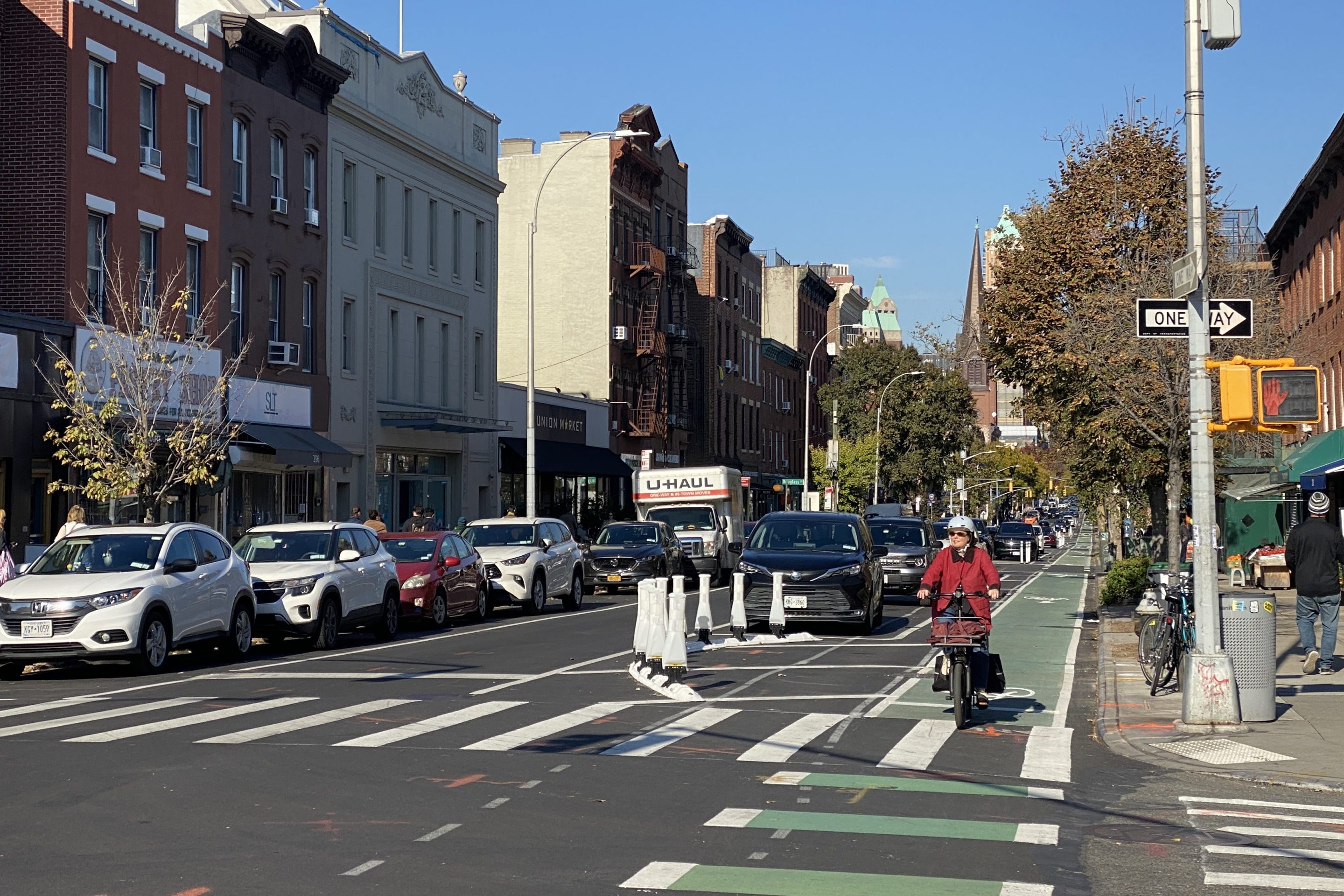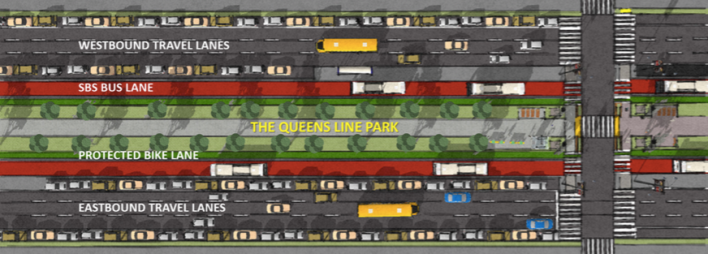
About a year ago, the Transportation Alternatives Queens activist committee approached the Hunter College urban planning program about Queens Boulevard. The advocates wanted help jumpstarting real-world changes on the street known as the Boulevard of Death.
It was just a few months after Mayor Bill de Blasio announced his Vision Zero initiative to eliminate traffic deaths. If there was ever going to be an ambitious redesign of Queens Boulevard, this was the time to make it happen. The TA activists wanted to show people how Queens Boulevard could be transformed.
"One of the obstacles we always faced was, 'Okay, how would you do that?'" said TA Queens committee co-chair Peter Beadle. "There was a real inertia to overcome."
So the advocates got to work with a small team of Hunter graduate students under the leadership of professor Ralph Blessing. Over the course of two semesters, they surveyed people on the street, hosted workshops, reviewed crash and traffic data, and crunched Census numbers.
Then something interesting happened. In January, DOT announced that it would make Queens Boulevard a Vision Zero priority and hosted a workshop to gather ideas for how to redesign the street.
In March, the de Blasio administration committed $100 million to a total reconstruction of Queens Boulevard and revealed its interim design for the first segment, in Woodside, later that month. The plan got a sign-off from the local community board a few weeks ago and is set to be implemented later this summer, with a permanent reconstruction scheduled for 2018.
All this happened before the Hunter students released their final report, which came out at the end of May.

Now that the city has taken on the task of redesigning Queens Boulevard, the hope is that the Hunter students' ideas will influence decisions about the permanent redesign. DOT has yet to reveal the details of the final design for the segment of Queens Boulevard in Woodside, and also hasn't come out with any designs for sections to the east.
“When you look at the Hunter work and the DOT work, a lot of those visions are similar, and certainly compatible," Beadle said. “Hunter also includes provisions for dedicated bus lanes, which is hopefully something we will see on Queens Boulevard one day.”
The Hunter students call for a linear park in the median that's much wider than anything DOT has proposed so far. Their recommendations also touch on enforcement, urban design, and zoning issues that are beyond DOT's purview.
Beadle pointed to designs that architect John Massengale and photo-rendering firm Urban Advantage produced for TA last year that could provide additional inspiration as the city moves forward on Queens Boulevard.
“I hope everybody keeps an open mind and looks to this for inspiration on what can be done," Beadle said. "Because we need this kind of inspiration to bring Queens Boulevard to its full potential.”

